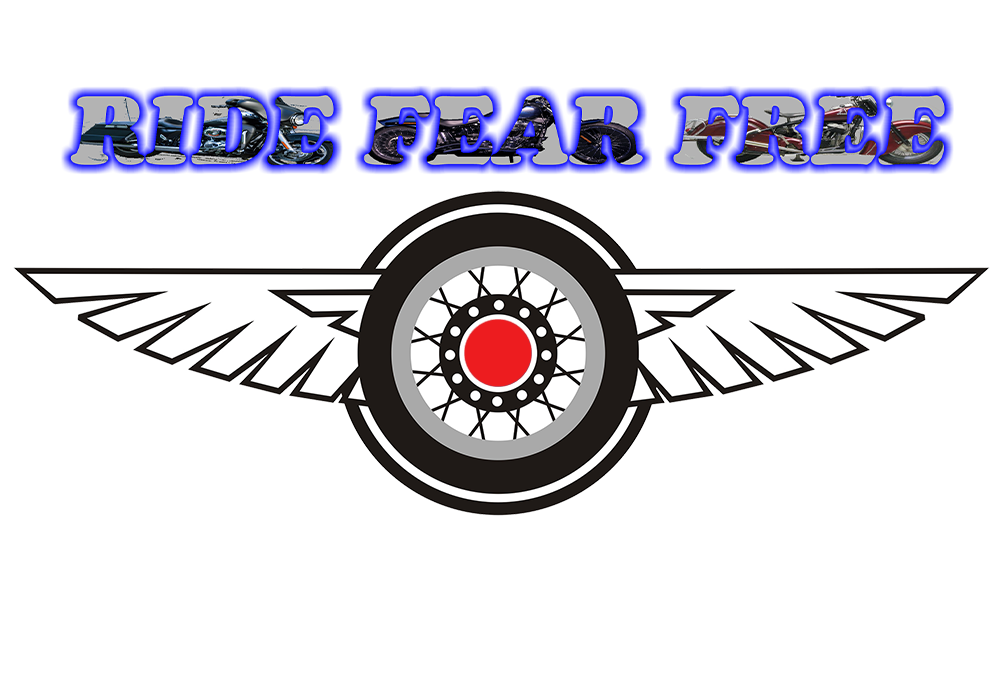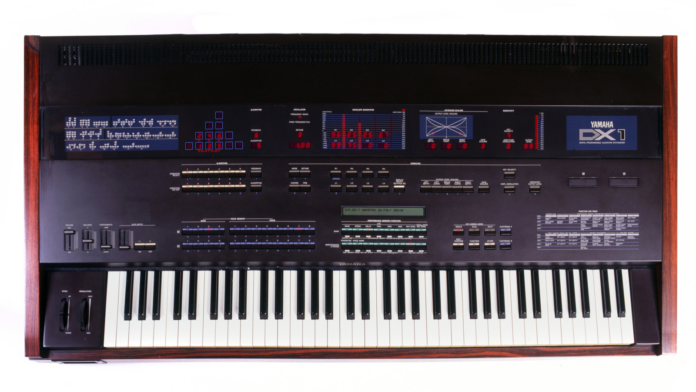As the 1970s turned into the 1980s, a significant change was taking hold in the music world in the form of the adoption of electronic instruments, namely synthesizers. Progressive rock bands like Genesis were among those who pushed synths to the forefront, but as the decade turned over, the music shifted in a different direction. Artists pushed synths in more of a vaguely punk rock or alternative rock direction, leading to a massive boom in the new general of synth-pop. Depeche Mode, Duran Duran, New Order, The Cure, and other enduring synth-heavy bands came of age in this era, with many others having more limited success. (Among them? Ricky Gervais, whose band, Seona Dancing, didn’t break through in his native UK but secured a surprising legacy in the Phillipines of all places.)
Advertisement
During this time, some synthesizers were particularly popular. Out of reach of even most professionals were heavy-duty synths with voice sampling capabilities like the New England Digital Synclavier and the Fairlight CMI. Much more accessible were various synths from brands like Korg, Moog, and Yamaha, with Yamaha blazing a trail by establishing the first digital synthesizer to hit critical mass, the DX7. Roughly 150,000 DX7s were sold in its three years on the market — a sign of its versatility and the value it brought at its relatively low price. However, the same year it was released, Yamaha also dropped a souped-up version: The DX1.




